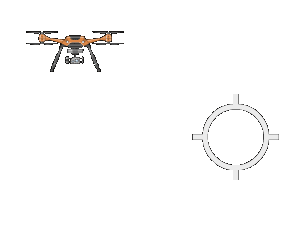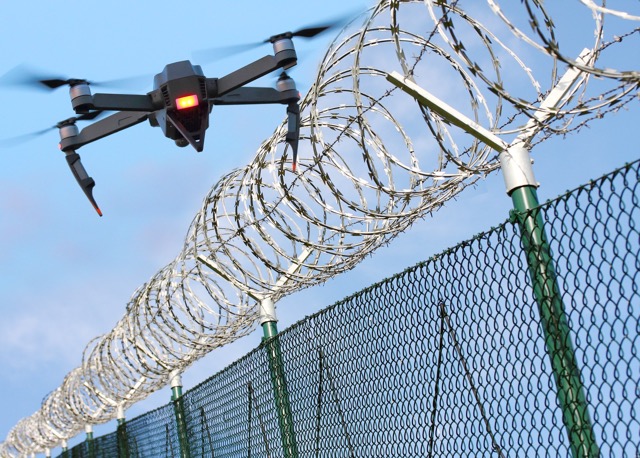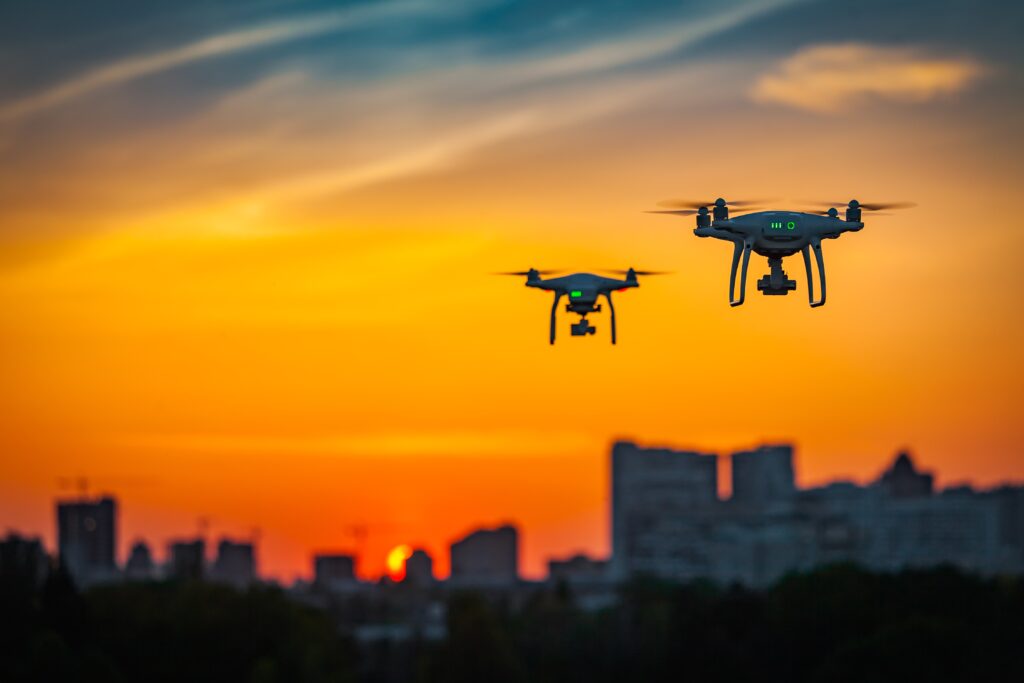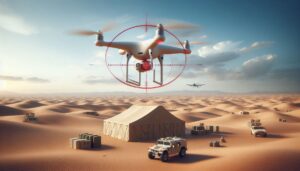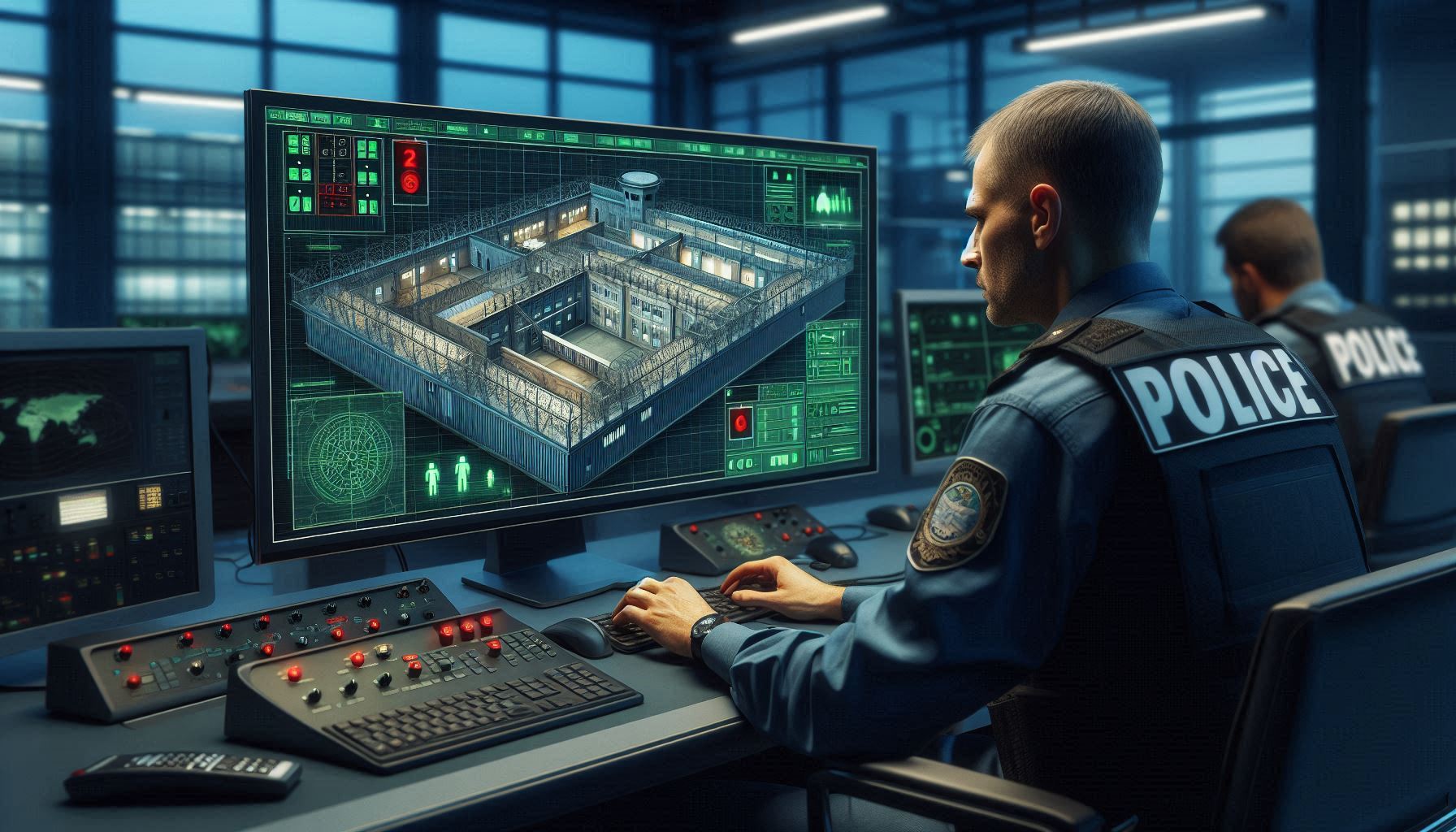In recent years, drones have become very popular in various industries and applications, from photography to agriculture, surveillance, and even for hostile activity such as intelligence gathering and dropping bombs. Behind the aerial capabilities lies a sophisticated system of control and operation. This article dives into the world of drone technology, exploring the mechanisms that allow these remote-controllable aircrafts to soar through the skies with precision and the way to deal and jam hostile drones.
The Basics of Remote Control and Transmitters
The method of controlling drones is through remote control devices. These transmitters have joysticks, buttons, and switches that send signals to the drone, dictating its movements. The basic controls include pitch, roll, yaw, and throttle, allowing the pilot to navigate the drone in three-dimensional space.
The communication between the remote control and a drone is through radio frequency (RF) protocols, and incorporate features such as GNSS or video navigation, return-to-home functionality, and automated flight modes. Those features are fundamental aspect of drone operation, playing a pivotal role in enabling seamless control and responsiveness interact during a mission.
Delve into Radio Frequency (RF) Communication
Communication protocols establish a seamless connection between the remote control and the drone. Radio frequency (RF) communication enables this connection, with popular ISM bands such as 2.4 GHz and 5.8 GHz bands. These frequencies provide a balance between range and data transfer speed. Drones utilize digital communication protocols, enhancing reliability and minimizing interference.
The communication between the remote control and the drone involves the wireless transmission of control signals through radio frequencies, enabling the pilot to command and manoeuvre the drone in real-time.
How does the RF Communication work
Transmission: When a drone operator activates the remote controls, the transmitter converts these inputs into electrical signals. These electrical signals are modulated to a specific radio frequency. RF Modulation is the process of adding data into radio waves by changing the electromagnetic wave, the information is encoded onto a carrier wave. The modulated RF signals are transmitted and received wirelessly between the remote control and the drone.
The Drone Receiver: The drone has a radio receiver tuned to the same frequency as the remote control. This receiver captures the incoming RF signals. The received signals are demodulated to extract the original control signals. Demodulation is the reverse process of modulation.
Flight Controller Signal Processing: The demodulated signals, representing the operator’s control inputs, are sent to the drone’s flight controller. The flight controller is a small onboard computer responsible for interpreting these signals. The flight controller processes the signals and translates them into commands for the drone’s motors. For example, if the operator pushes the joystick forward, the flight controller adjusts the drone’s motors to move forward.
Real-Time Telemetry Data: In most cases, the drone sends telemetry data back to the remote control (the operator), providing real-time information about the drone’s status, including altitude, speed, battery level, and coordinates.
The Need to Jam Communication Between a Drone and Its Operator
As drone technology becomes more widespread, the potential for its misuse raises concerns for national security and military defence. Drones, with their ability to fly over restricted areas, carry explosive devices and gather sensitive information, pose a unique challenge for security agencies. In certain critical situations, the need to jam the connection between a drone and its operator emerges as necessary action. By jamming this connection, the hostile drone won’t be able to penetrate a sensitive area and pose a threat to human life and secure compounds.
Counter-drone solutions are crucial for security as they provide vital airspace defence against the growing threat of unauthorized drones. Counter-drone systems play a pivotal role in safeguarding frontline forces, critical infrastructure, public events, and sensitive areas by detecting, tracking, and mitigating the potential threats posed by intruder drones.
These systems utilize advanced technologies such as radio frequency (RF) sensors and electronic countermeasures to identify and neutralize unauthorized drones, ensuring the protection of airspace and mitigating potential security threats. In an era where drones can carry out harmful activities, deploying effective counter-drone systems is essential for maintaining the overall security of various environments.
Counter-Drone Defence: Safeguarding the Skies with RF Technologies
Radio Frequency (RF) Technologies have emerged as a powerful tool in safeguarding the skies. RF-based counter-drone systems offer a versatile and adaptive solution to mitigate the potential threats posed by unauthorized drones. The most advanced jamming systems are SDR based, what makes the system able to mitigate new threats.
RF Drone Detection Systems play a crucial role in identifying and monitoring radio frequency signals within a given environment. These systems consist of sensors to detect the communication signals between drones and their remote controllers. They are designed to detect, analyse, and characterize wireless protocols, providing valuable insights into the presence of an intruder drone.
RF Drone Tracking Systems are sophisticated technologies designed to monitor and trace the movements of drones by analysing their radio frequency signals. These systems have specialized antennas and receivers to detect the signals between drones and their remote controllers. By continuously tracking, these systems can provide real-time information on the drone’s location, altitude, and transmissions.
Drone tracking systems are invaluable in enhancing situational awareness for safety needs, law enforcement, and military operations security. They offer a proactive means of monitoring and responding to potential threats or disruption, such as unauthorized drone flights in restricted areas or during public events. With the ability to precisely locate and track drones, these systems contribute to effective countermeasure for field operations and ensuring the safety and security of sensitive areas.
RF Drone Jamming Systems are designed to counter unauthorized drone activities by disrupting their communication and control signals. These systems employ advanced radio frequency technologies to block the communication between a drone and its operator, neutralize the drone, force it to land or back to its origin.
As the use of drones continues to grow, RF counter-drone solutions play a vital role in ensuring airspace protection and maintaining the safe environment. These technologies provide comprehensive defence against the growing drone threats, such as enhancing security across critical infrastructure, military operations, public events and sensitive areas where the misuse of drones poses a significant risk.
